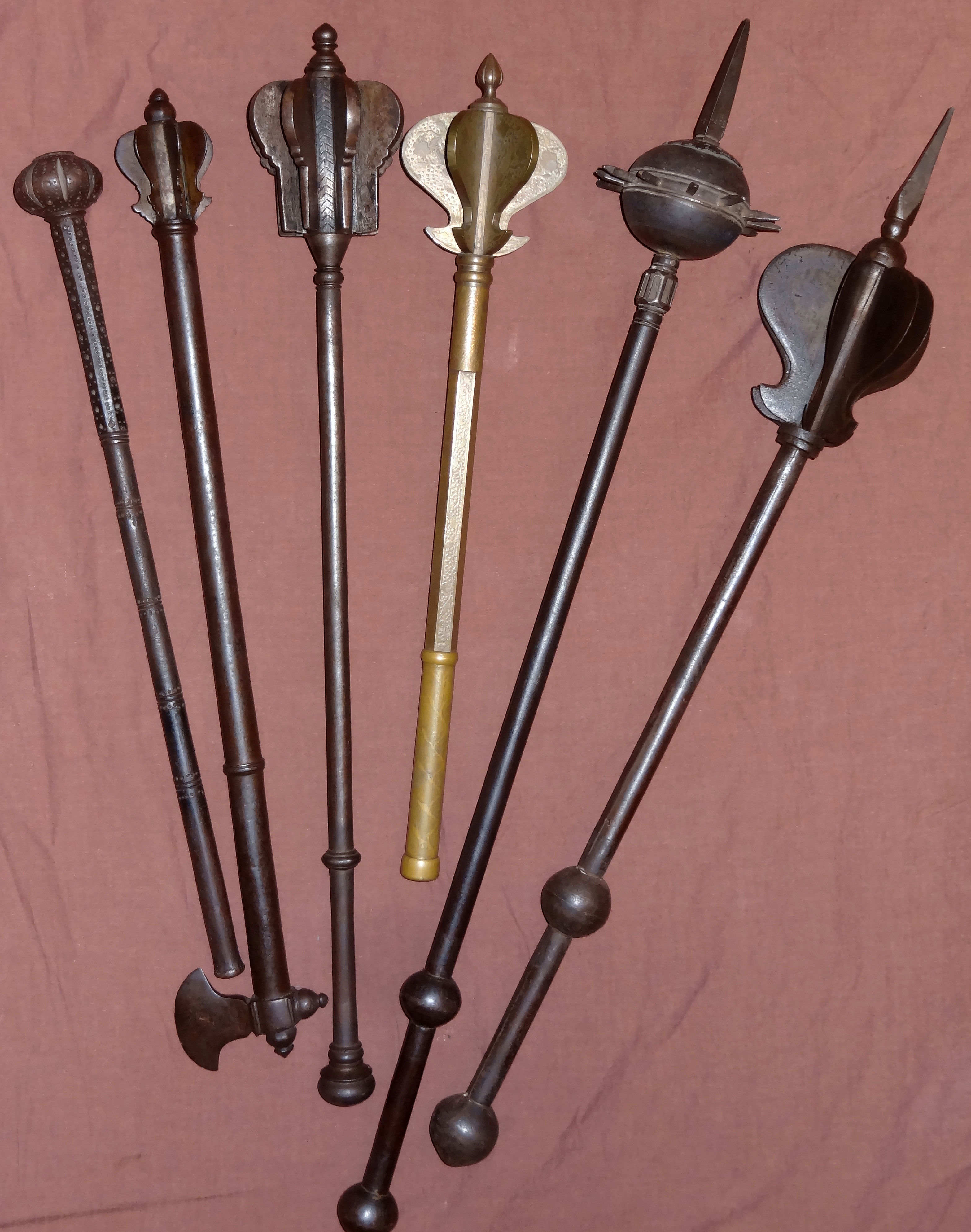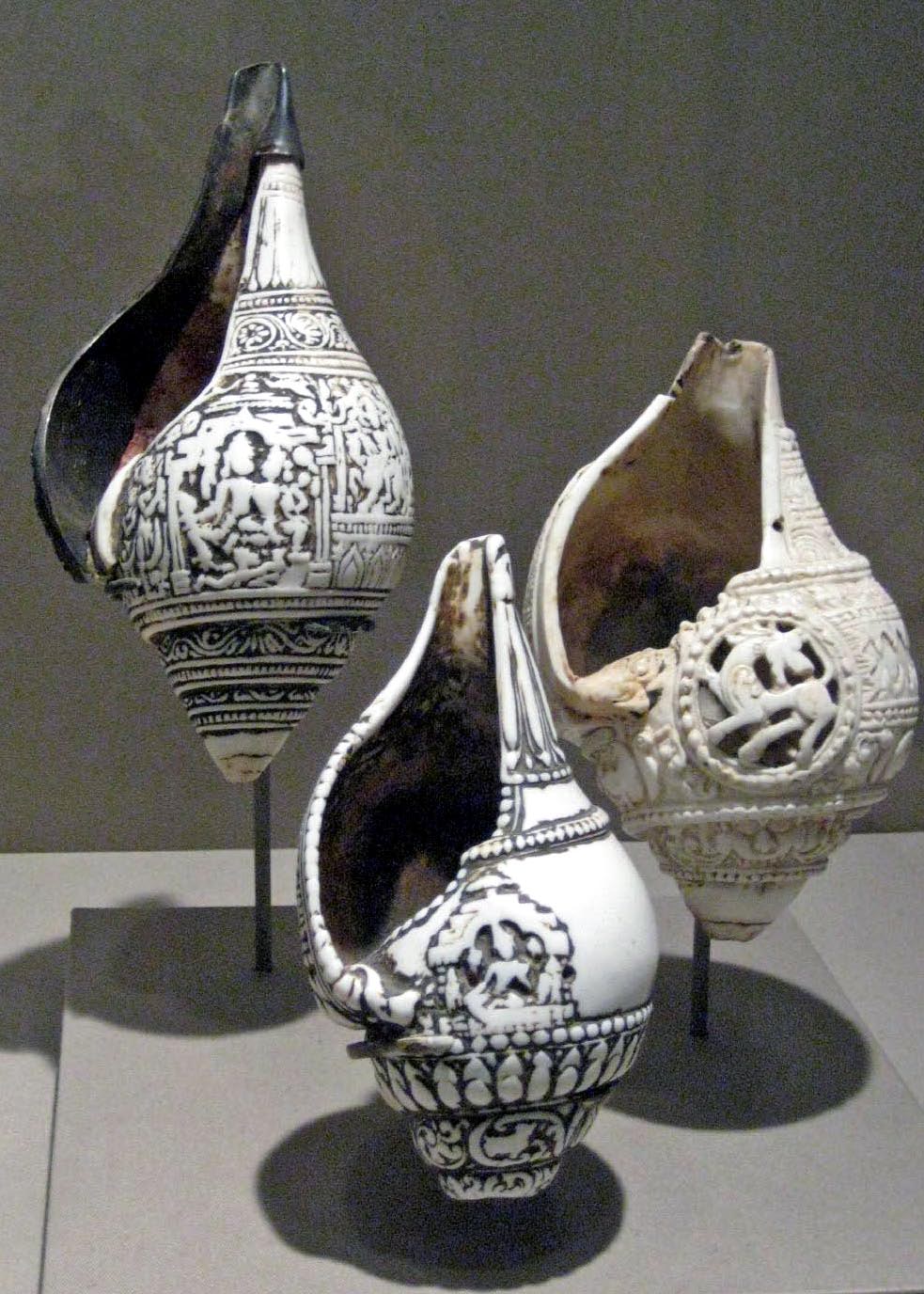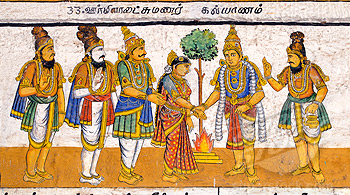|
Anantashayana Vishnu
Anantashayi Vishnu, also known as Anantashayana Vishnu (both literally "sleeping on the serpent Ananta"), is a large open air horizontal rock relief of the Hindu god Vishnu, carved during the early 9th century in Saranga village, under the Parjang police station, in the Dhenkanal district of Orissa, India. It is located on the left bank of the Brahmani River. It is the largest such exposed rock cut structure in the horizontal position measuring in length, in the whole of India, while the largest standing image is of Gomateshwara in Southern India. It is a protected monument maintained by the Archaeological Survey of India, Bhubaneswar Circle. Worship is still offered to the four armed reclining Vishnu. Location The Vishnu image, located on the left bank of the river bed of the Brahmani River, is at an elevation of . It is accessible by road over a distance of from Saranga Village in Parajanga Tehsil of Dhenkanal district, from Dhenkanal, 23 km from Angul and from Tal ... [...More Info...] [...Related Items...] OR: [Wikipedia] [Google] [Baidu] |
India
India, officially the Republic of India, is a country in South Asia. It is the List of countries and dependencies by area, seventh-largest country by area; the List of countries by population (United Nations), most populous country since 2023; and, since its independence in 1947, the world's most populous democracy. Bounded by the Indian Ocean on the south, the Arabian Sea on the southwest, and the Bay of Bengal on the southeast, it shares land borders with Pakistan to the west; China, Nepal, and Bhutan to the north; and Bangladesh and Myanmar to the east. In the Indian Ocean, India is near Sri Lanka and the Maldives; its Andaman and Nicobar Islands share a maritime border with Thailand, Myanmar, and Indonesia. Modern humans arrived on the Indian subcontinent from Africa no later than 55,000 years ago., "Y-Chromosome and Mt-DNA data support the colonization of South Asia by modern humans originating in Africa. ... Coalescence dates for most non-European populations averag ... [...More Info...] [...Related Items...] OR: [Wikipedia] [Google] [Baidu] |
Ellora
The Ellora Caves are a UNESCO World Heritage Site in Aurangabad, India. It is one of the largest rock-cut cave complexes in the world, with artwork dating from the period 600–1000 AD, including Hindu, Buddhist, and Jain caves., Quote: "These 34 monasteries and temples, extending over more than 2 km, were dug side by side in the wall of a high basalt cliff, not far from Aurangabad, in Maharashtra. Ellora, with its uninterrupted sequence of monuments dating from AD 600 to 1000, brings the civilization of ancient India to life. Not only is the Ellora complex a unique artistic creation and a technological exploit but, with its sanctuaries devoted to Hinduism, it illustrates the spirit of tolerance that was characteristic of ancient India." The complex is a leading example of Indian rock-cut architecture, and several are not strictly "caves" in that they have no roof. Cave 16 features the largest single monolithic rock excavation in the world, the Kailash temple, a chariot-shap ... [...More Info...] [...Related Items...] OR: [Wikipedia] [Google] [Baidu] |
Brahma
Brahma (, ) is a Hindu god, referred to as "the Creator" within the Trimurti, the triple deity, trinity of Para Brahman, supreme divinity that includes Vishnu and Shiva.Jan Gonda (1969)The Hindu Trinity, Anthropos, Bd 63/64, H 1/2, pp. 212–226.Jan Gonda (1969)The Hindu Trinity, Anthropos, Bd 63/64, H 1/2, pp. 218–219. He is associated with creation, knowledge, and the ''Vedas''. Brahma is prominently mentioned in Creation myth, creation legends. In some ''Puranas'', he created himself in a golden embryo known as the Hiranyagarbha. Brahma is frequently identified with the Rigvedic deities, Vedic god Prajapati.;David Leeming (2005), The Oxford Companion to World Mythology, Oxford University Press, , page 54, Quote: "Especially in the Vedanta Hindu Philosophy, Brahman is the Absolute. In the Upanishads, Brahman becomes the eternal first cause, present everywhere and nowhere, always and never. Brahman can be incarnated in Brahma, in Vishnu, in Shiva. To put it another way, eve ... [...More Info...] [...Related Items...] OR: [Wikipedia] [Google] [Baidu] |
Mace (bludgeon)
A mace is a blunt weapon, a type of Club (weapon), club or virge that uses a heavy head on the end of a handle to deliver powerful Strike (attack), strikes. A mace typically consists of a strong, heavy, wooden or metal shaft, often reinforced with metal, featuring a head made of stone, bone, copper, bronze, iron, or steel. The head of a mace can be shaped with flanges or knobs to increase the pressure of an impact by focusing the force on a small point. They would bind on metal instead of sliding around it, allowing them to deliver more force to an armored opponent than a traditional mace. This effect increased the potential for the mace to injure an armored opponent through weak spots in the armor, and even damage plate armor by denting it, potentially binding overlapping plates and impeding the wearer's range of motion. Medieval historian and re-enactor Todd Todeschini (AKA Todd Cutler) demonstrated this effect with period accurate equipment in a series of tests on video. Mac ... [...More Info...] [...Related Items...] OR: [Wikipedia] [Google] [Baidu] |
Shankha
A Turbinella pyrum, shankha () has religious ritual importance in Hinduism. In Hinduism, the shankha called panchajanya is a sacred emblem of the Hindu preserver deity Vishnu. It is still used as a trumpet in Hindu ritual, and in the past was used as a war trumpet. According to Arunava Bose, "The shankha is praised in Hindu scriptures as a giver of fame, longevity and prosperity, the cleanser of sin and the abode of goddess Lakshmi, who is the goddess of prosperity and consort of Vishnu". The shankha is displayed in Hindu art in association with Vishnu. As a symbol of water, it is associated with female fertility and serpents (nāgas). The shankha is one of the eight auspicious symbols of Buddhism, the Ashtamangala, and represents the pervasive sound of Buddhism. Characteristics This gastropod shell, shell is from a sea snail species ''Turbinella pyrum'' in the family Turbinellidae. This species is found living in the Indian Ocean and surrounding seas. The shell is porcelaneou ... [...More Info...] [...Related Items...] OR: [Wikipedia] [Google] [Baidu] |
Sudarshan Chakra
The Sudarshana Chakra (, ) is a divine discus, attributed to Vishnu in the Hindu scriptures. The Sudarshana Chakra is generally portrayed on the right rear hand of the four hands of Vishnu, who also holds the Panchajanya (conch), the Kaumodaki (mace), and the Padma (lotus). In the ''Rigveda'', the Sudarshana Chakra is stated to be Vishnu's symbol as the wheel of time. The discus later emerged as an ayudhapurusha (an anthropomorphic form), as a fierce form of Vishnu, used for the destruction of demons. As an ''ayudhapurusha'', the deity is known as ''Chakraperumal'' or ''Chakratalvar''. Etymology The word ''Sudarshana'' is derived from two Sanskrit words – ''Su'' () meaning "good/auspicious" and '' Darshana'' () meaning "vision". In the Monier-Williams dictionary the word Chakra is derived from the root (''kram'') or (''rt'') or (''kri'') and refers among many meanings, to the wheel of a carriage, wheel of the sun's chariot or metaphorically to the wheel of time. In Ta ... [...More Info...] [...Related Items...] OR: [Wikipedia] [Google] [Baidu] |
Sanskrit
Sanskrit (; stem form ; nominal singular , ,) is a classical language belonging to the Indo-Aryan languages, Indo-Aryan branch of the Indo-European languages. It arose in northwest South Asia after its predecessor languages had Trans-cultural diffusion, diffused there from the northwest in the late Bronze Age#South Asia, Bronze Age. Sanskrit is the sacred language of Hinduism, the language of classical Hindu philosophy, and of historical texts of Buddhism and Jainism. It was a lingua franca, link language in ancient and medieval South Asia, and upon transmission of Hindu and Buddhist culture to Southeast Asia, East Asia and Central Asia in the early medieval era, it became a language of religion and high culture, and of the political elites in some of these regions. As a result, Sanskrit had a lasting effect on the languages of South Asia, Southeast Asia and East Asia, especially in their formal and learned vocabularies. Sanskrit generally connotes several Indo-Aryan languages# ... [...More Info...] [...Related Items...] OR: [Wikipedia] [Google] [Baidu] |
Sirpur Group Of Monuments
Sirpur Group of Monuments are an archaeological and tourism site containing Hindu, Jain and Buddhist monuments from the 5th to 12th centuries in Mahasamund district of the state of Chhattisgarh, India.Atula Kumar Pradhan and Shambhoonath Yadav (2013)Sirpur - A unique township of early medieval India Proceedings of the Indian History Congress, Vol. 74 (2013), pp. 854-864 Located near an eponymous village, it is east of Raipur, the capital of the state.Sirpur raipur.gov.in The site is spread near the banks of the river .SIRPUR : A Go ... [...More Info...] [...Related Items...] OR: [Wikipedia] [Google] [Baidu] |
Lakshmana Temple
Lakshmana (, ), also known as Laxmana, Lakhan, Saumitra, and Ramanuja, is the younger brother of Rama in the Hindu epic ''Ramayana''. He is considered as an incarnation of Shesha, the lord of serpents. Lakshmana was married to Urmila, and is known for his loyalty and dedication towards Rama. Lakshmana was born to King Dasharatha of Ayodhya (Ramayana), Ayodhya and Queen Sumitra. Shatrughna, is his twin brother. He was married to Urmila, after his brother Rama married Sita in her swayamvara. Lakshmana devoted himself to Rama since childhood and accompanied him during his Exile of Rama, fourteen-year exile, serving him and Sita endlessly. He also played a pivotal role in the war and killed Indrajit, Meghanada. Lakshmana is worshipped in Hinduism, at various places in India, alongside Rama and Sita. Etymology The name Lakshmana is of Sanskrit origin, which means 'the one endowed with auspicious signs'. He bears the epithets of Saumitra (, ) and Ramanuja (, ). Legend Birth a ... [...More Info...] [...Related Items...] OR: [Wikipedia] [Google] [Baidu] |
Rajim
Rajim is a town which is proposed to be in Raipur district but officially in Gariaband district, Chhattisgarh, India. Rajim is named after Rajiv Lochan Mandir which is the main Hindu pilgrimage temple of Rajim dedicated to Vishnu. There is also the ancient Kuleshwar Mahadev Mandir dedicated to Shiva at the Triveni Sangam. The town hosts the Triveni Sangam of Mahanadi, Pairi (physically) and Sondor (virtually). Being of such importance, Rajim is also called the ''Prayag of Chhattisgarh''. It was also the centre of work of freedom fighter and social reformer Pt. Sundarlal Sharma. Geography It is located at an elevation of 281 m above MSL. Location Rajim is 45 km from Raipur. To reach there, one needs to take National Highway 30 to Abhanpur; from there a left turn leads to a narrow but motorable road to Rajim. Other. Nearby important city is Mahasamund which is only 25 km far on the junction of National Highway 6 and National Highway 353 and which has an important ... [...More Info...] [...Related Items...] OR: [Wikipedia] [Google] [Baidu] |
Tamil Nadu
Tamil Nadu (; , TN) is the southernmost States and union territories of India, state of India. The List of states and union territories of India by area, tenth largest Indian state by area and the List of states and union territories of India by population, sixth largest by population, Tamil Nadu is the home of the Tamil people, who speak the Tamil language—the state's official language and one of the longest surviving Classical languages of India, classical languages of the world. The capital and largest city is Chennai. Located on the south-eastern coast of the Indian peninsula, Tamil Nadu is straddled by the Western Ghats and Deccan Plateau in the west, the Eastern Ghats in the north, the Eastern Coastal Plains lining the Bay of Bengal in the east, the Gulf of Mannar and the Palk Strait to the south-east, the Laccadive Sea at the southern Cape (geography), cape of the peninsula, with the river Kaveri bisecting the state. Politically, Tamil Nadu is bound by the Indian sta ... [...More Info...] [...Related Items...] OR: [Wikipedia] [Google] [Baidu] |








